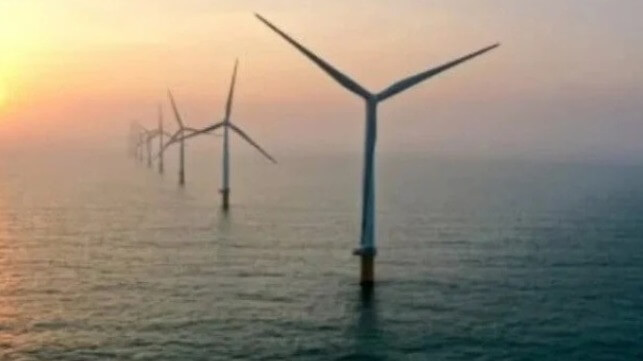Central Atlantic Environmental Assessment Released Preparing for Wind Sale

The Bureau of Ocean Energy Management (BOEM) continues to move at a fast pace to advance the U.S. offshore wind energy sector. Today it is announcing the availability of its final Environmental Assessment for potential offshore wind development off the Delaware, Maryland, and Virginia coasts collectively known as the Central Atlantic region.
The proposal for the offshore wind lease sale for two areas along the Central Atlantic was announced in mid-December 2023. In January and February, BOEM first released its draft of the environmental impact and then ren the mandated public comment period. The review concluded that there would be no significant impacts from lease issuance after reviews including a site assessment and site characterization activities such as geophysical, geological, and archaeological surveys.
The next step in the process would be publishing a final sale notice at least 30 days prior to the proposed auction. BOEM reports that it plans to hold the sale for the Central Atlantic region later this year.
“BOEM is proud to continue to support the clean energy transition in a responsible manner in the Central Atlantic region,”?said BOEM Director Elizabeth Klein. She highlights the approval of the nation’s first eight commercial-scale offshore wind energy projects along with four offshore wind lease auctions, conducted since the Biden administration took office in 2021.
The initiative is mapping out two parcels in the Central Atlantic. The areas include one approximately 26 nautical miles from the Delaware Bay that would potentially serve Maryland and Delaware. The second is 35 nautical miles from the mouth of the Chesapeake Bay to serve Virginia.
Work has already commenced last month on the first wind farm in the region. Dominion Energy has begun offshore work for its wind farm which will be offshore from Virginia Beach and is the largest wind farm so far in the U.S. Once complete in late 2026, Coastal Virginia Offshore Wind will consist of 176 turbines with a capacity of 2.6 GW.
The Department of the Interior defined a total of four areas within the zone of 20 to 60 miles of the coast ranging from Delaware in the north to North Carolina in the south as possible areas in the Central Atlantic. They also targeted two large zones further offshore into the Atlantic for possible future consideration.
In April, they mapped out a new five-year offshore wind leasing schedule, which includes up to 12 potential offshore wind energy lease sales through 2028. The leasing schedule includes four potential offshore lease sales in 2024, one each in 2025 and 2026, two in 2027, and four in 2028. Since then, they have also completed an environmental assessment in the Gulf of Maine and proposed sales for the Gulf of Maine and off the coast of Oregon.
The Gulf of Maine Wind Energy Area proposal would include eight lease areas offshore Maine, Massachusetts, and New Hampshire, totaling nearly one million acres, which have the potential to generate approximately 15 GW of renewable energy. The proposed lease sale in Oregon includes two lease areas totaling 194,995 acres, one in the Coos Bay Wind Energy Area and the other in the Brookings Wind Energy Area. The proposals for Oregon continue to face strong opposition from local groups.
The Department highlights it has approved more than 10 gigawatts of energy from offshore wind projects, enough to power nearly 4 million homes. It is moving forward with the goal of having 30 GW of offshore wind energy capacity by 2030 although many experts believe the setbacks in 2023 mean it is unlikely the goal can be reached on schedule. The department is also looking to advance floating offshore wind as part of the second phase of the industry’s development.
